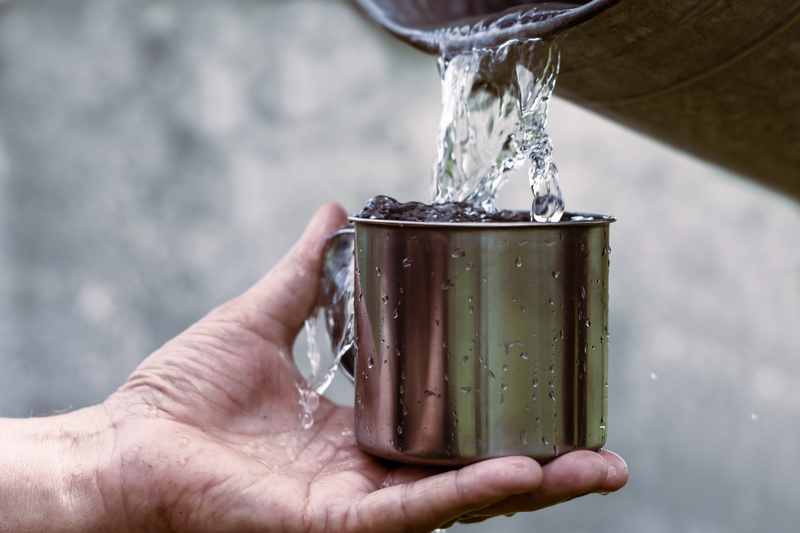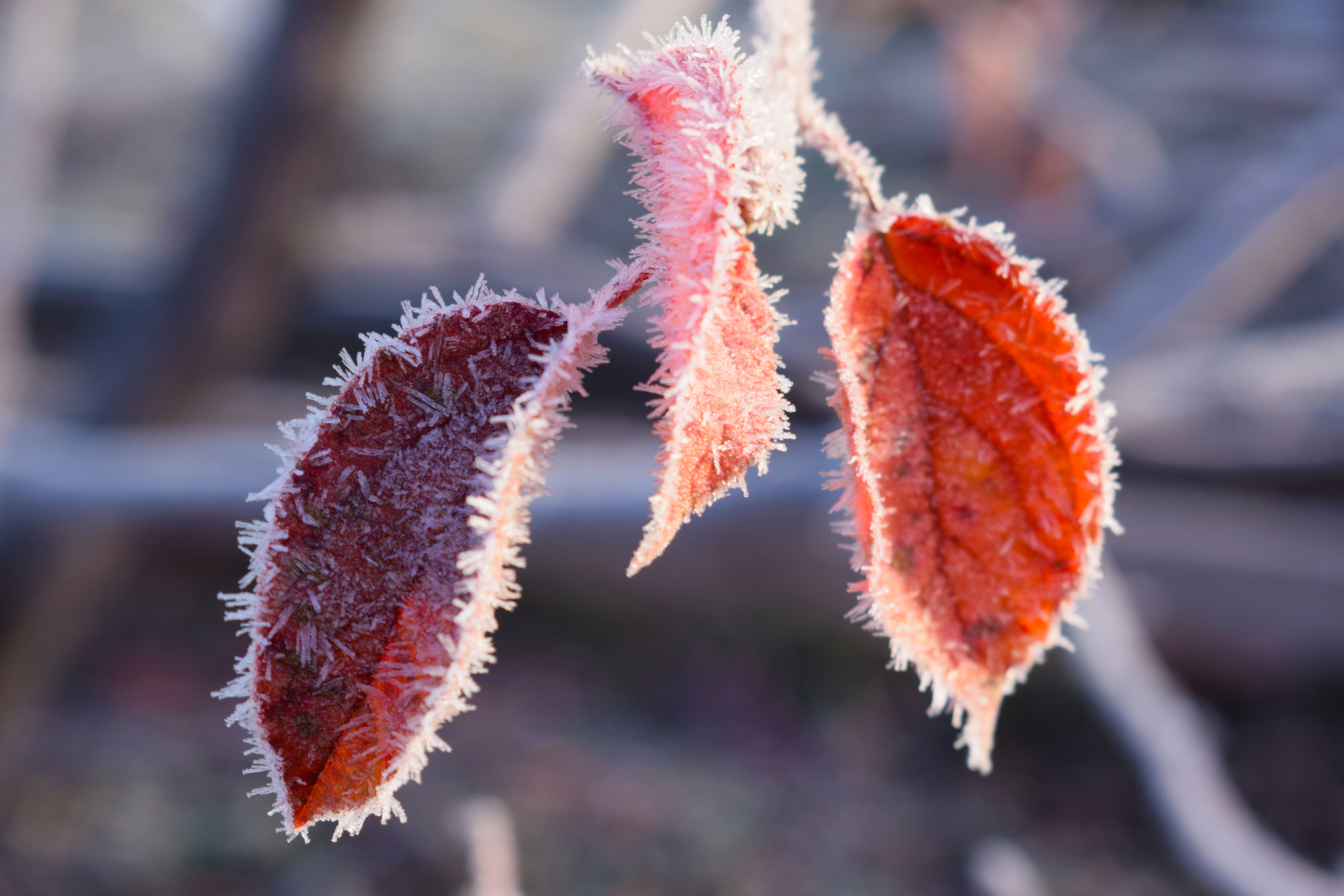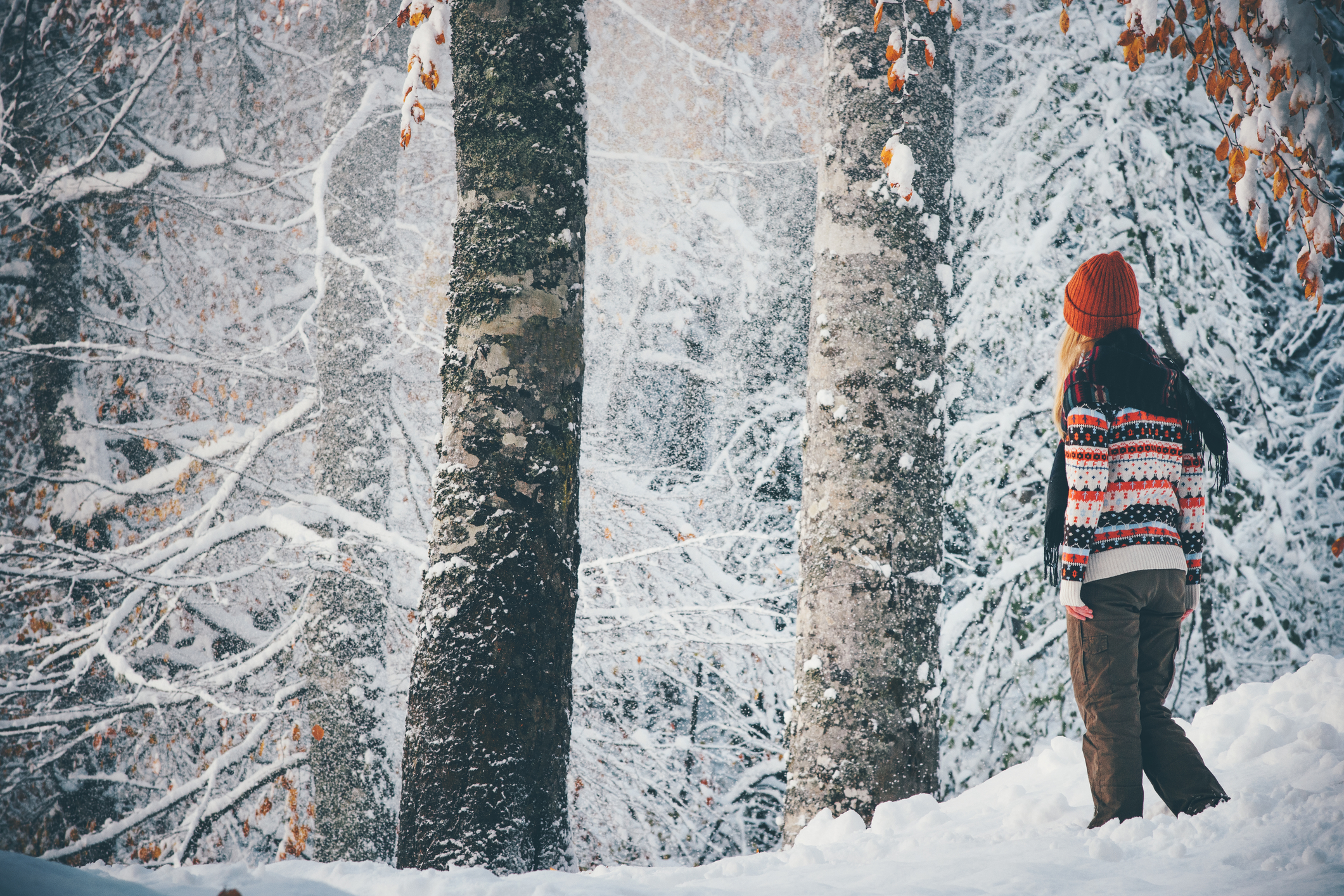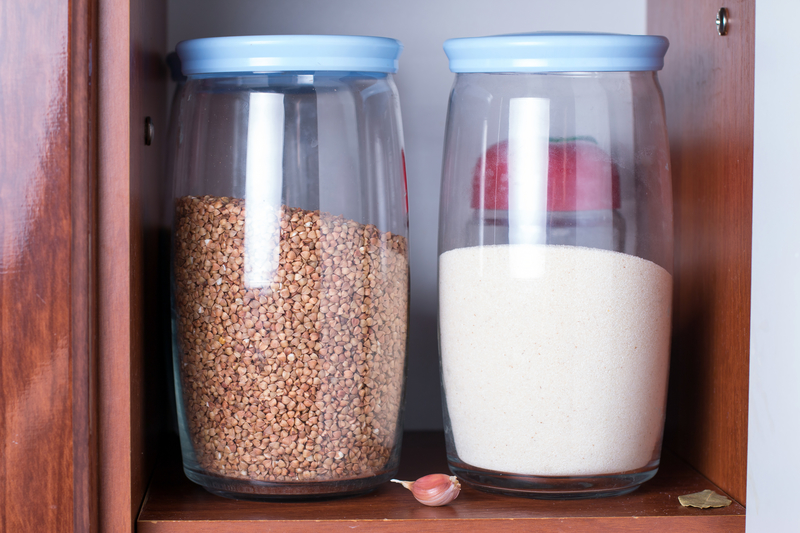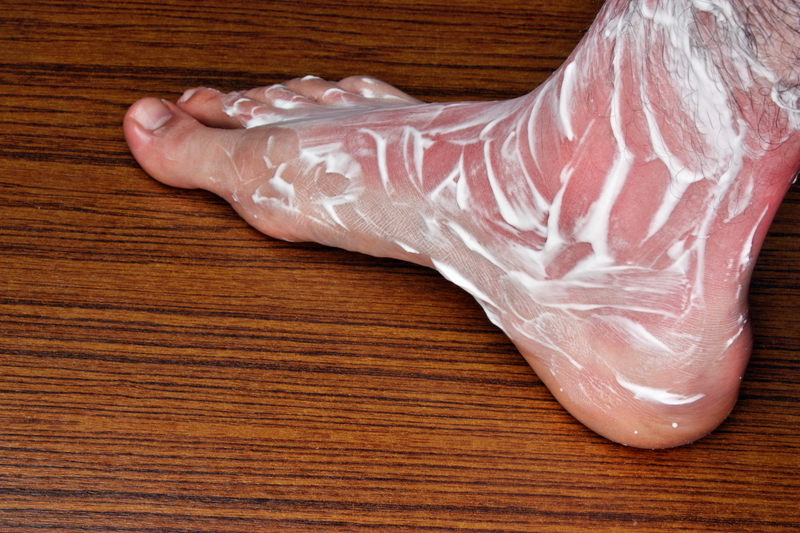7 Viable Solutions for off Grid Water Systems
Off-grid water systems tend to come with a few headaches. Yes, you have the option of not needing to pay for (or pay as much for, depending on your location) for city water. You also have more control over what the water contains. This last point is important to people who are concerned about added … Read more

